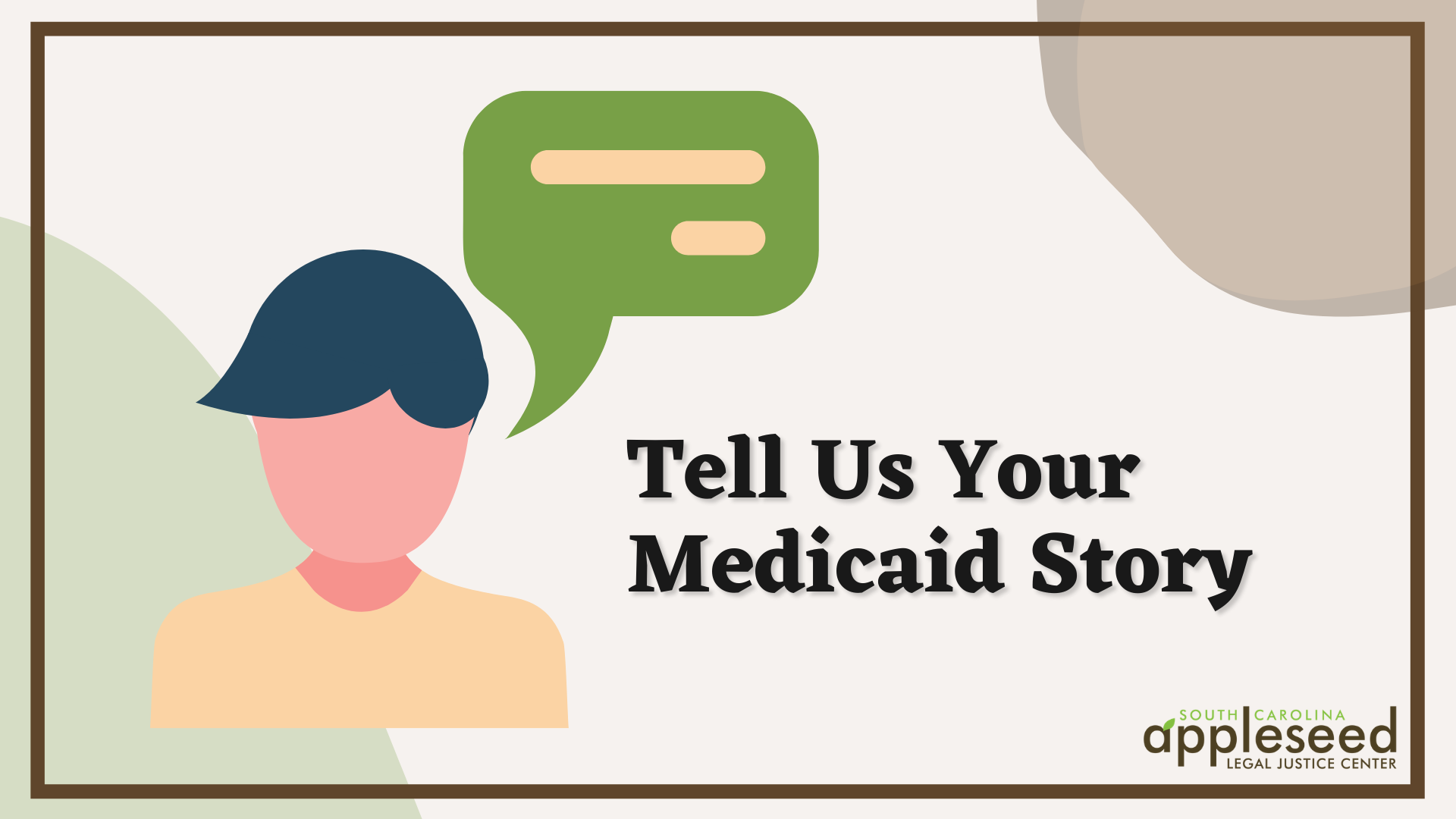Share this
From The Associated Press:
 President Obama talks about the Affordable Care Act in Virginia earlier this week. He highlighted provisions, including requirements to let young adults stay on their parents’ insurance plans. (By Dennis Brack, Getty Images)
President Obama talks about the Affordable Care Act in Virginia earlier this week. He highlighted provisions, including requirements to let young adults stay on their parents’ insurance plans. (By Dennis Brack, Getty Images)
By RICARDO ALONSO-ZALDIVAR
December 14, 2011
That drop is 2½ times as large as the drop indicated by previous government and private estimates from earlier this year, which showed about 1 million Americans ages 19-25 had gained coverage.
Administration officials said they now have more data. They say they’re also slicing the numbers more precisely than the government usually does, trying to pinpoint the impact of a popular provision in an otherwise politically divisive law.
Under the health overhaul, children can remain on their parents’ health insurance plans until they turn 26, and families have flocked to sign up young adults making the transition to work in a challenging economic environment. But the fate of President Barack Obama’s signature domestic accomplishment remains uncertain, with the Supreme Court scheduled to hear a constitutional challenge next year, and Republican presidential candidates vowing to repeal it.
“The increase in coverage among 19- to 25-year-olds can be directly attributed to the Affordable Care Act’s new dependent coverage provision,” said a draft report from the Health and Human Services Department. “Initial gains from this policy have continued to grow as … students graduate from high school and college.”
The health care law’s main push to cover the uninsured doesn’t come until 2014. But the young adults’ provision took effect last fall. Most workplace health plans started carrying it out Jan. 1.
Using unpublished quarterly statistics from the government’s ongoing National Health Interview Survey, analysts in Sebelius’ policy office determined that nearly 36 percent of those age 19-25 were uninsured in the third calendar quarter of 2010, before the law’s provision took effect.
That translates to more than 10.5 million people.
By the second calendar quarter of 2011, the proportion of uninsured young adults had dropped to a little over 27 percent, or about 8 million people.
The difference — nearly 2.5 million getting coverage — can only be the result of the health care law, administration officials said, because the number covered by public programs like Medicaid went down slightly.
Overall, nearly 30 million Americans are between the ages of 19 to 25. For those who are little older, ages 26-35, the uninsured rate went up during the same period.
“From September 2010 to June 2011, coverage rose only among those adults affect by the policy,” said the HHS report.
The National Center for Health Statistics has documented a broadly similar trend in its official publications, only it’s not nearly as dramatic.
Administration officials said those statistics do not focus on the change from calendar quarter to calendar quarter, as does the report by Sebelius’ staff. Instead, they pool data over longer time periods. That has the effect of diluting the perceived impact of the law, administration officials said.
Traditionally, young adults were more likely to be uninsured than any other age group.
Some are making the switch from school to work. Others are holding down low-wage jobs that don’t usually come with health care. And some — termed the “invincibles” — pass up job-based health insurance because they don’t think they’ll use it and would rather get extra money in their paychecks.
Other early coverage expansions in the health care law have not worked as well, including a special program for people with health problems who got turned away by private insurers. Many applicants found the premiums unaffordable.
Young adults are a less expensive group to cover than people who are middle-aged, and many companies have spread the extra premiums among their workers. Benefits consultant Delloite LLP has projected additional health plan costs in the range of 1 percent to 2 percent for covering young adults.
Share this
Contact Us
Have questions? Send us a private message using the form below.

